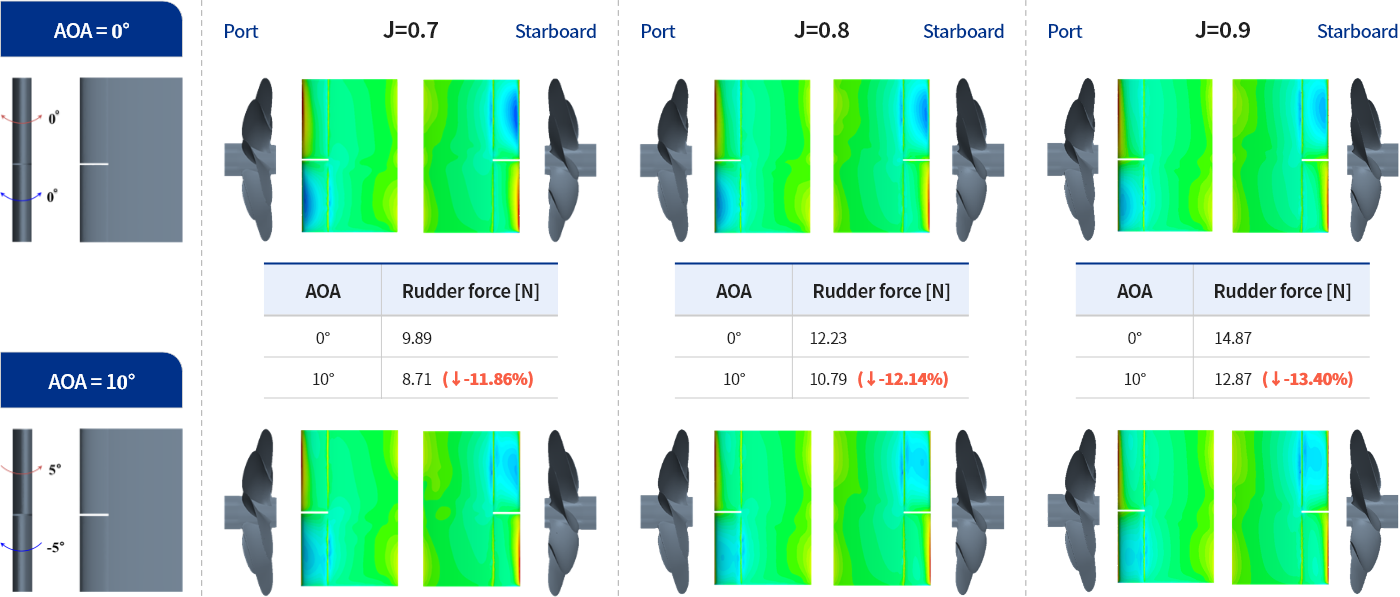Think Tank Headquarters
Think Tank Division is a dedicated in-house organization specifically tailored for research and development. It has been designated by the Ministry of Science and ICT as one of Korea’s excellent in-house R&D facilities.
Think Tank Headquarters
CFD (Computational Fluid Dynamics Analysis and Simulation)
Our Think Tank Headquarters uses CFD (Computational Fluid Dynamics) to mathematically reproduce three dimensional fluid flow around the vessel, thereby gaining valuable insights into the various external forces acting on the hull both in scaled and full-scale simulations, such as vessel dynamics (movement), energy consumption, and hydrodynamic efficiency, which are then studied and reflected in our R&D process, allowing us to produce highly precise and reliable results.
Fluid Drag Performance Analysis
CFD Enabled Fluid Drag Performance Analysis
- Hull Pressure
- Nominal wake
- Trim and sinkage
- Wave pattern and profile
- Resistance force and Power prediction
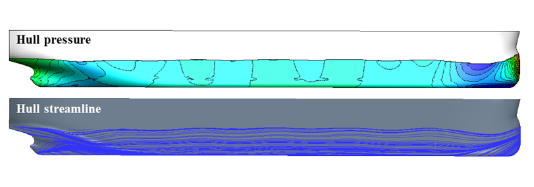
Hull Pressure Distribution and Streamlining

Wave distribution and Wave Profile

Nominal Wake Distribution
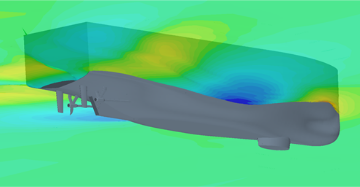
Evaluation of Hull Performance
Following Potential Appendage Attachments
Performance Analysis in Added Resistance During Waves
Self-Propulsion Performance Analysis
CFD Enabled Self-Propulsion Performance Analysis
- Thrust
- Torque
- Propeller efficiency
- Thrust deduction
- Wake fraction
- Hull efficiency
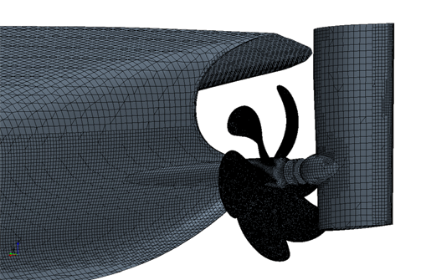
Propeller Sliding Mesh Method
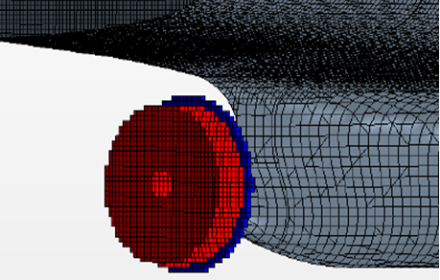
Propeller Virtual Disk Method
ESD ( Energy Saving Device ) Performance Evaluation
ESD Types
- Mewis duct
- Rudder bulb
- Twist rudder
- Pre-swirl stator
- Vortex generator
- Fin
- etc
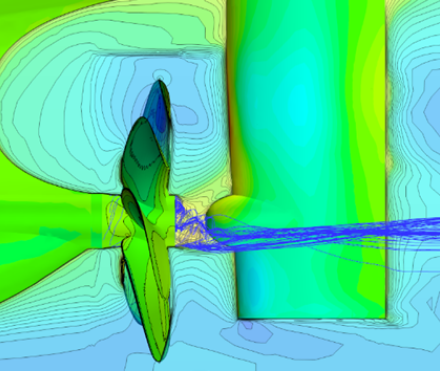
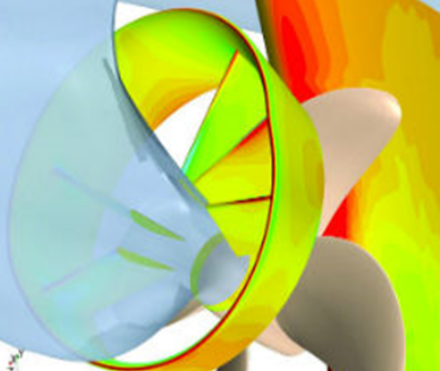
Cavitation Analysis
Cavitation Analysis
- Qualitative Evaluation of Cavitation Occurrence
- Observation of Diverse Forms of Cavitation Facilitators
- Erosion Risk Assessment from Cavitation
- Pressure Fluctuation Analysis
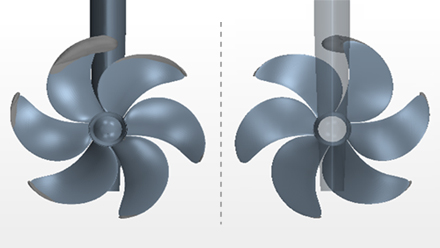
Design and Evaluation of Hull Appendages
Appendage Types
- Sensor Dome Gondola type Blister type Drop keel type Etc.
- Stern flap
- Stern wedge
- Interceptor
- Etc.
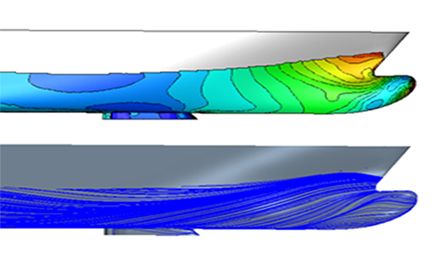
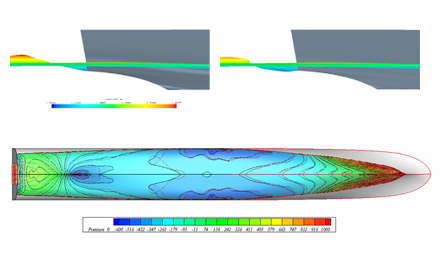
Bubble sweep down Phenomena Analysis and Simulation
When attaching the Sensor Dome under the hull, studying fluid dynamics surrounding the dome and evaluating the possibility of fluid flow hindering or deteriorating sensor dome performance.
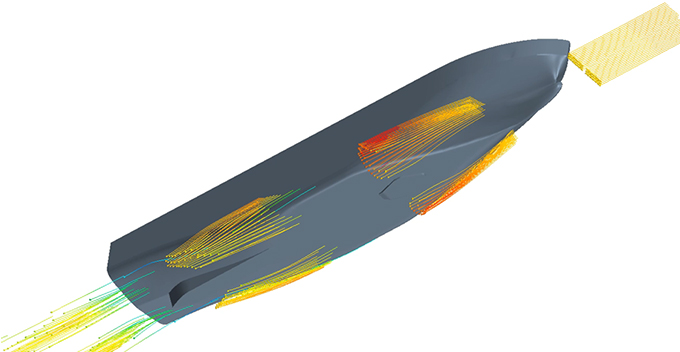

Funnel smoke simulation
Analysis of smoke and air flow surrounding the funnel above the vessel desk house.
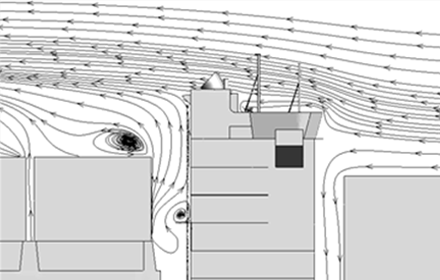
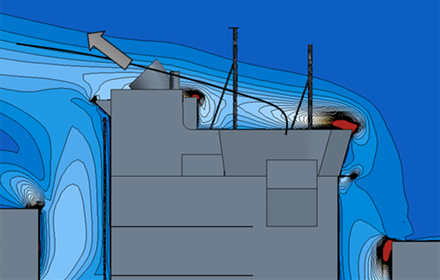
Gas Leak Diffusion Analysis and Simulation
Examining the risk for gas aggregation within the ship through simulation and analysis of potential gas flow leaked from various areas of the vessel such as the LNG Room.
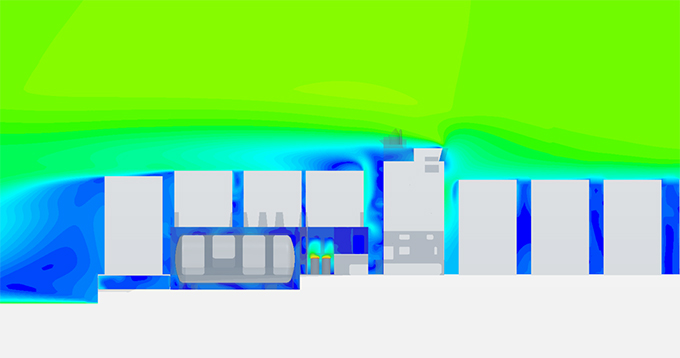
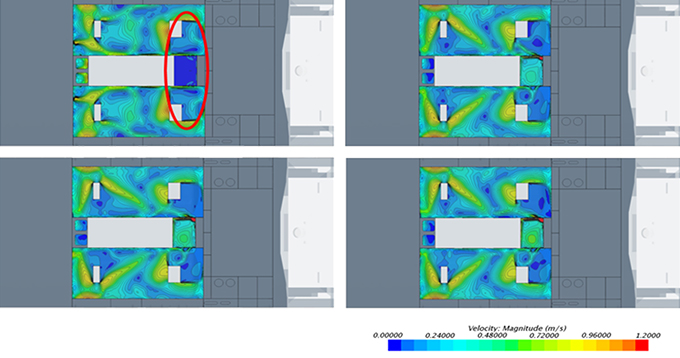
Exhaust Gas Diffusion Analysis and Simulation
Analysis and Simulation of surrounding airflow and gases ejected from the vessel through the ship’s Ventilator or Vent mast.
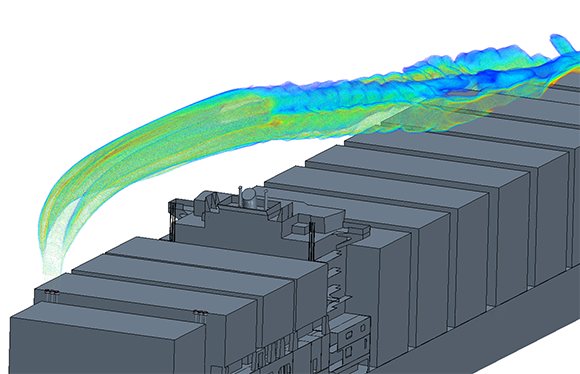
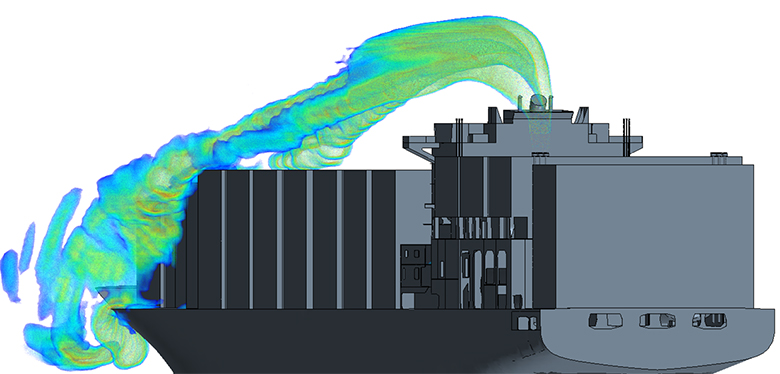
Major Patents
Twin skeg airfoil Development
- Reduced drag values due to pressure drop between twin shafts Drag Value Reduction ( 3 ~ 4% )
- Readjustment of Velocity Distribution around Propeller Fluid Inlets Drag and Cavitation Reduction
Twin skeg airfoil
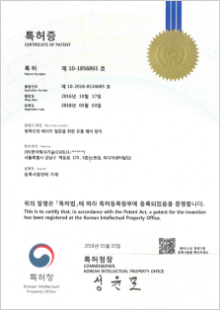
No. 10-1856865
Flow Control Device for
Energy Efficiency in Twin-Screw Vessels

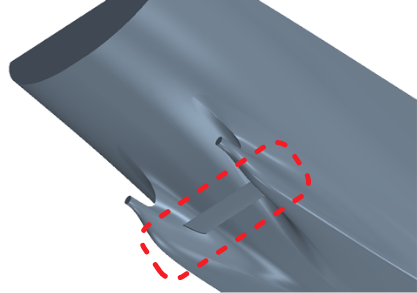
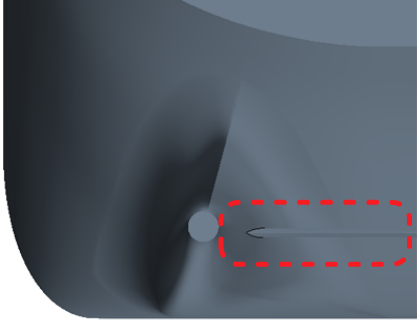
Optimization of Airfoil Angle
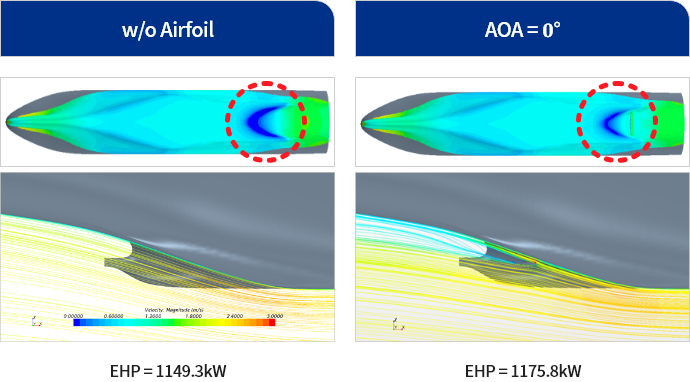
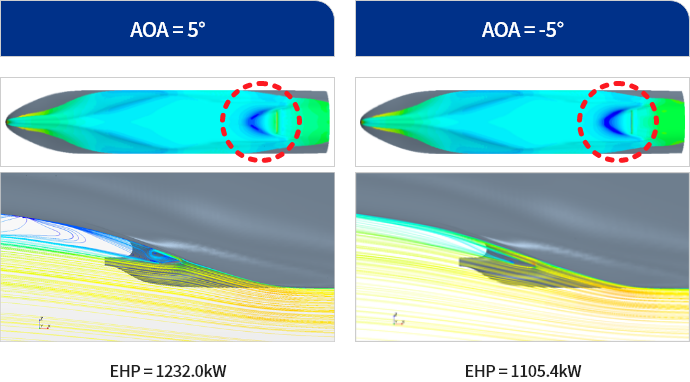
Twin rudder with variable angle by ship speed Development
Improves Vessel Performance by reducing forces acting on the rudder by adjusting the angle of the leading edge according to the variable fluid dynamics affecting the rudder at any point.

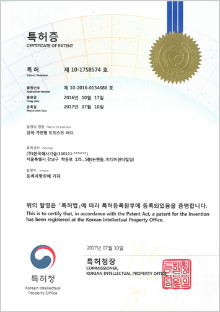
No. 10-1758574 Variable Angle Twist Rudder
Optimization of Rudder Angle of Incidence
